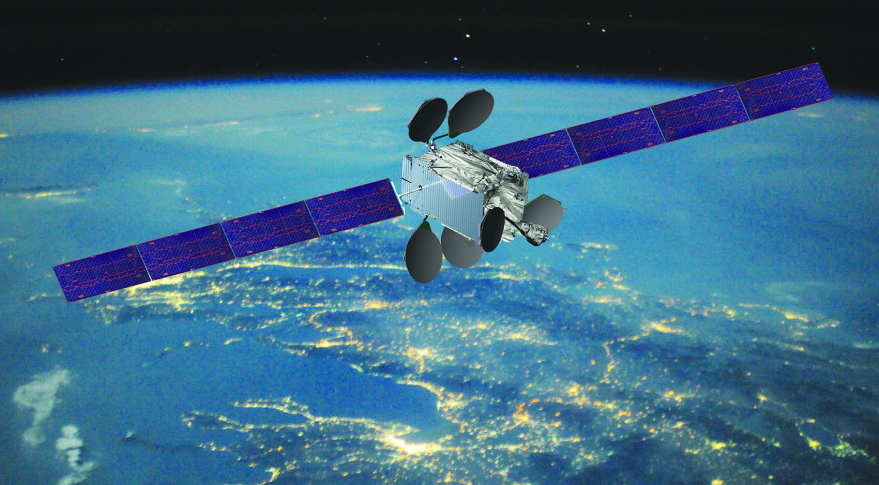
Intelsat 33e breaks up in geostationary orbit (Image Credit: Space News)
TAMPA, Fla. — The Intelsat 33e satellite has broken up in geostationary orbit (GEO) and lost power, ceasing communications services for customers across Europe, Africa and parts of Asia Pacific.
Intelsat said Oct. 19 it is working with satellite maker Boeing to address an anomaly that emerged earlier that day, but “believe it is unlikely that the satellite will be recoverable.” An Intelsat spokesperson said the satellite was not insured at the time of the issue.
The U.S. Space Force reported it is tracking 20 pieces of debris associated with the spacecraft.
“U.S. Space Forces-Space (S4S) has confirmed the breakup of Intelsat 33E (#41748, 2016-053B) in GEO on October 19, 2024, at approximately 0430 UTC,” states an alert posted on SpaceTrack, the U.S. Department of Defense’s space-tracking platform.
“Currently tracking around 20 associated pieces – analysis ongoing. S4S has observed no immediate threats and is continuing to conduct routine conjunction assessments to support the safety and sustainability of the space domain.”
Intelsat said in a brief news release that it is working to move customers to other satellites in Intelsat’s fleet or spacecraft operated by third parties.
Intelsat 33e launched in August 2016 and entered service in January 2017 at 60 degrees East, about three months later than planned following an issue with its primary thruster.
A second propulsion issue that emerged during in-orbit tests helped knock off around 3.5 years from the satellite’s initially estimated 15-year lifespan.
Intelsat 33e is the second in Intelsat’s EpicNG (next-generation) series of high-throughput satellites.
The first, Intelsat-29e, was declared a total loss in 2019 after just three years in orbit. That failure was pinned on either a meteoroid impact or a wiring flaw that led to an electrostatic discharge following heightened solar weather activity.
This article was updated Oct. 21 with more details about the incident.








